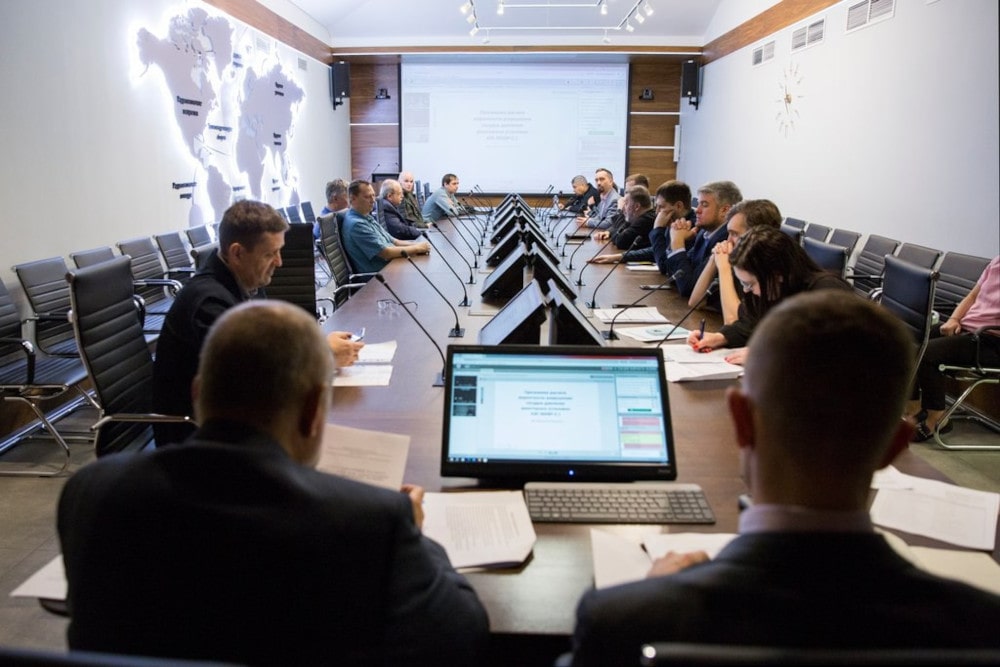Journal "Engineering Fracture Mechanics"
DOI:https://doi.org/10.1016/j.engfracmech.2007.03.010
Authors: D. S. Mikhaluk, T. C. Truong, A. I. Borovkov, S. V. Lomov, I.Verpoest
Damage in carbon/epoxy non-crimp stitched fabric (NCF) reinforced composites, produced by the resin transfer moulding (RTM) process is described. Formation of the stitching loop results in a certain disturbance of the uniform placement of the fibres. These deviations in fibre placement produce resin-rich zones that can influence the mechanical behaviour of the composite part. Tensile tests on quadriaxial (45°/90°–45°/0°)s laminates are performed accompanied by acoustic emission (AE) registration and X-ray imaging. Early initiation of damage (matrix cracking) in plies with different fibre orientation has been detected. Damage sites correlate with the resin-rich zones created by the stitching. Finite element (FE) analysis is carried out to develop a model that describes damage of the NCF composites. Numerical multi-level FE homogenization is performed to obtain effective elastic orthotropic properties of NCF composite at micro (unit cell of unidirectional tow) and meso (fabric unit cell) levels. A hierarchical sequence of FE models of different scales is created to analyze in detail the 3D stress state of the NCF composite (meso unit cell). A multi-level submodeling approach is applied during FE analysis. Zones of matrix-dominated damage are predicted. A comparison of non-destructive testing results with computational model is performed. Fracture mechanics parameters of matrix crack are computed and cracks growth stability is studied.

.png)





